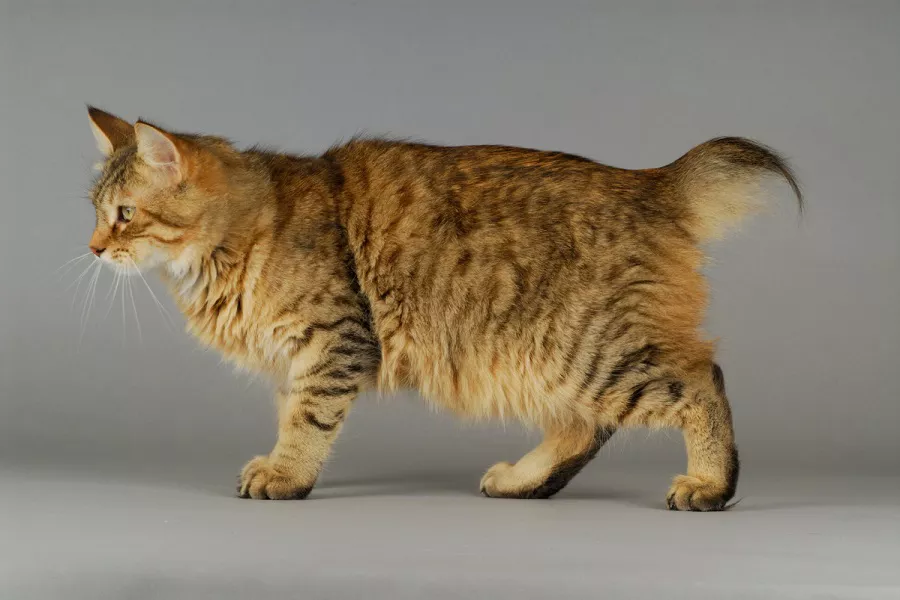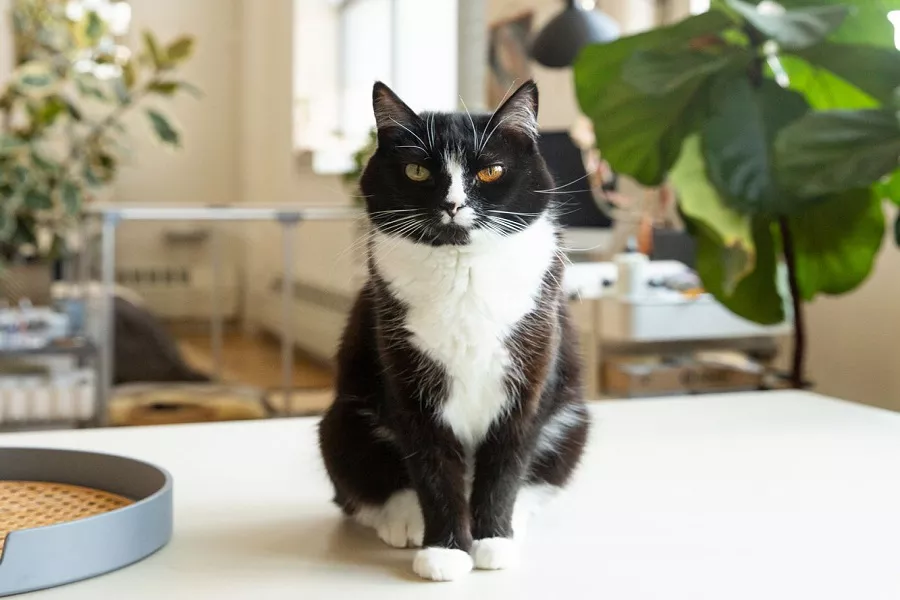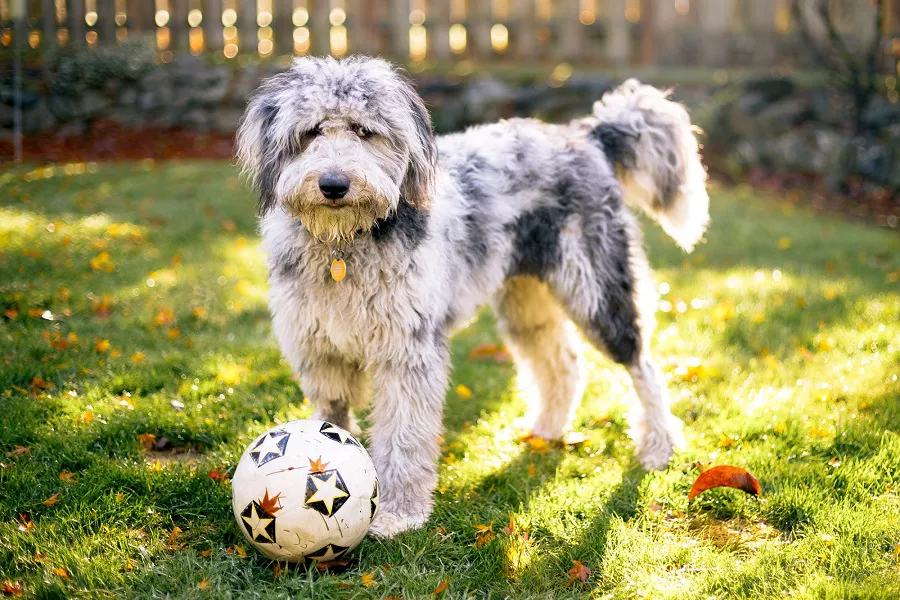What is pixiebob?
The pixiebob’s body is large and strong, with strong muscles. Although it has the wild appearance of the American wild cat, it has a very cute personality. It has a very high IQ and is a good family companion. It not only likes to be close to children, but also gets along well with other cats. It’s called a cat like a dog.
What does pixiebob look like?
Body Shape: The body is large and strong, and the muscles are strong and heavy
Head: Inverted pear shape, the head is large and round, from the top of the head to the neck, forming a convex and smooth line. Viewed from the front, the top of the head is flat
Ears: Large, rounded at the tips, set back and low on the head, with feathered, wild
Eyes: Medium in size, golden to brown in color. The North American Shorthair‘s eyes are often half-open and closed, like half-sleeping, but when there are some toys or sounds, the eyes should respond
Nose: Broad and slightly protruding, with a brick red nose
Limbs: Long and sturdy, with round and large feet
Feet: Large, strong and round, with five toes on each forelimb and four on the hind legs
Tail: short and natural
Coat: The coat is soft and smooth, waterproof, suitable for any weather. There are short-hair and long-hair varieties.
Coat color: The coat color is mostly brown tabby, and the undercoat is dark gray
pixiebob living habits
Loyal, brave, easy to train, with a strong family ethos and a dog’s personality. It can be a little difficult if you change hands; keep them on a leash when you’re out and about.
pixiebob feeding
1. Feeding: Changes in the amount of exercise will change the digestion and absorption capacity of the intestinal tract and the filtering and detoxification functions of the liver and kidney. You should pay more attention to the hardness of the food suitable for cats, and supplement calcium, iron, vitamins and other trace elements. different tastes of food;
Note: fast food indigestible, to ensure the supply of water.
2. Brush your teeth: If conditions permit, you should brush your pet’s teeth to reduce bacterial invasion caused by gingival inflammation;
3. Eye care: often use wet cotton to remove excess mucus and clean the skin around the eyes;
4. Ear care: regular inspection of the inner ear canal;
5. Joint care: Joint pain is a common problem for elderly pets. If it cannot move regularly, you can gently massage the muscles or move the limbs and joints for it when it is resting.
Reminder: For more information on cat feeding, cat training, cat grooming, cat breeding, please pay attention to: mtedr.com, which provides you with different kinds of cats.

























